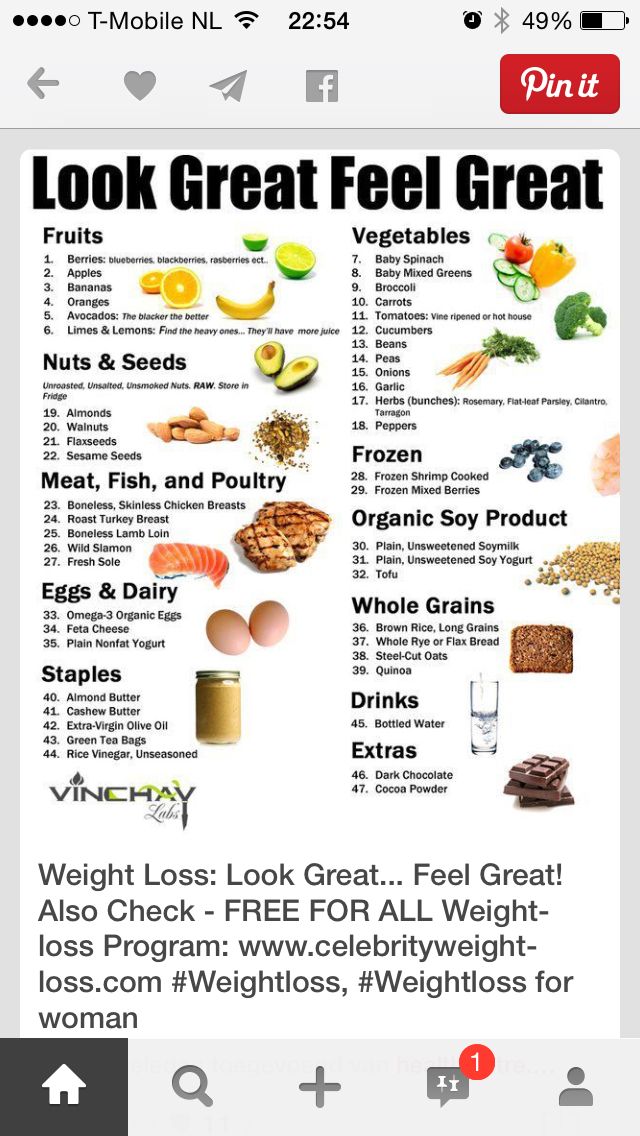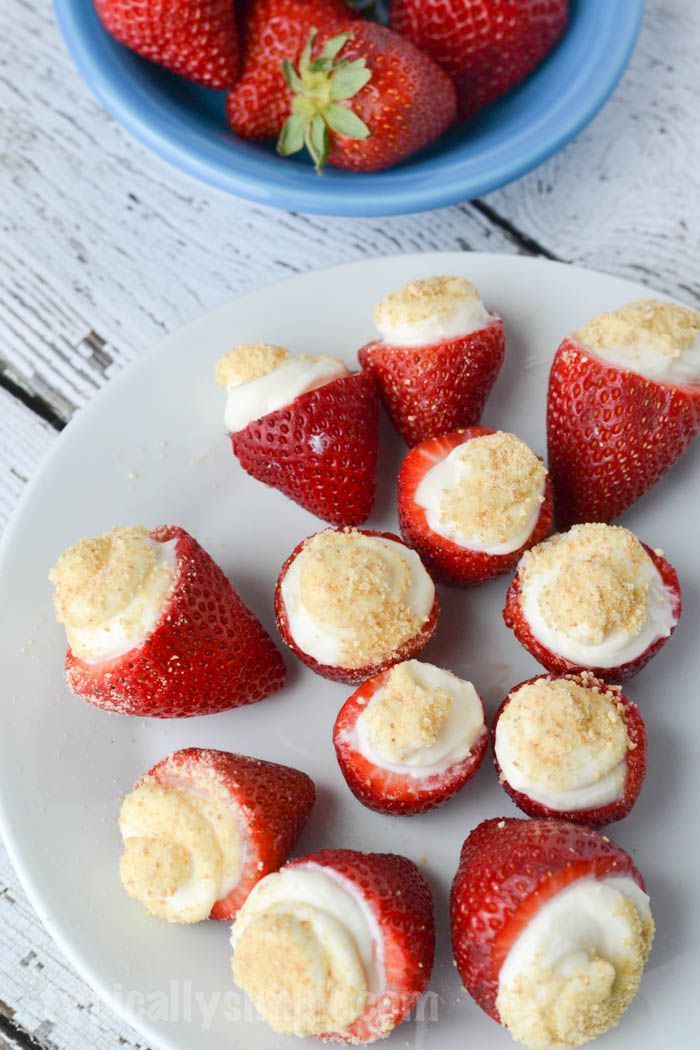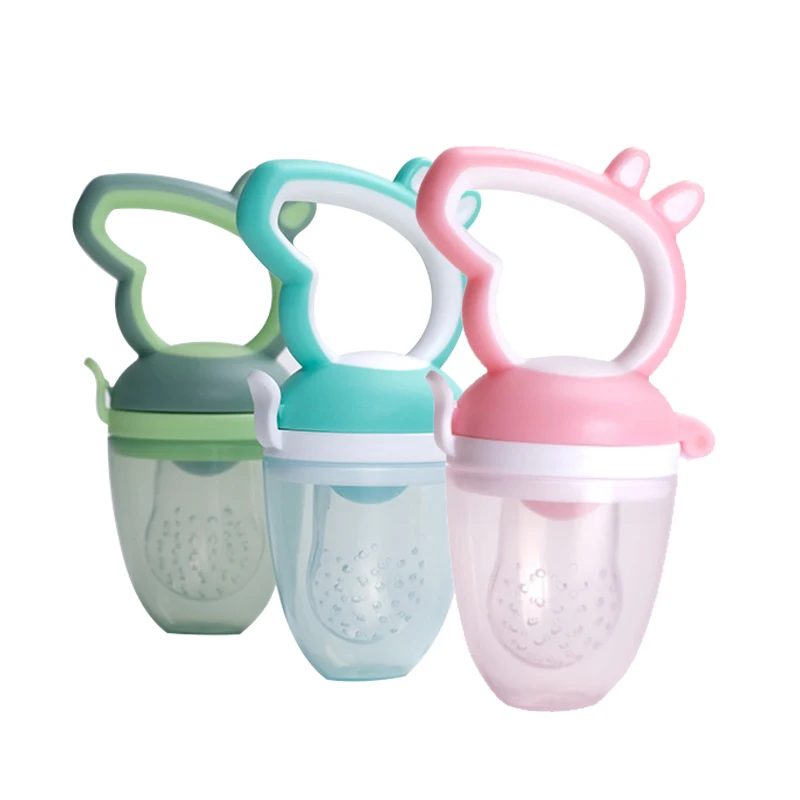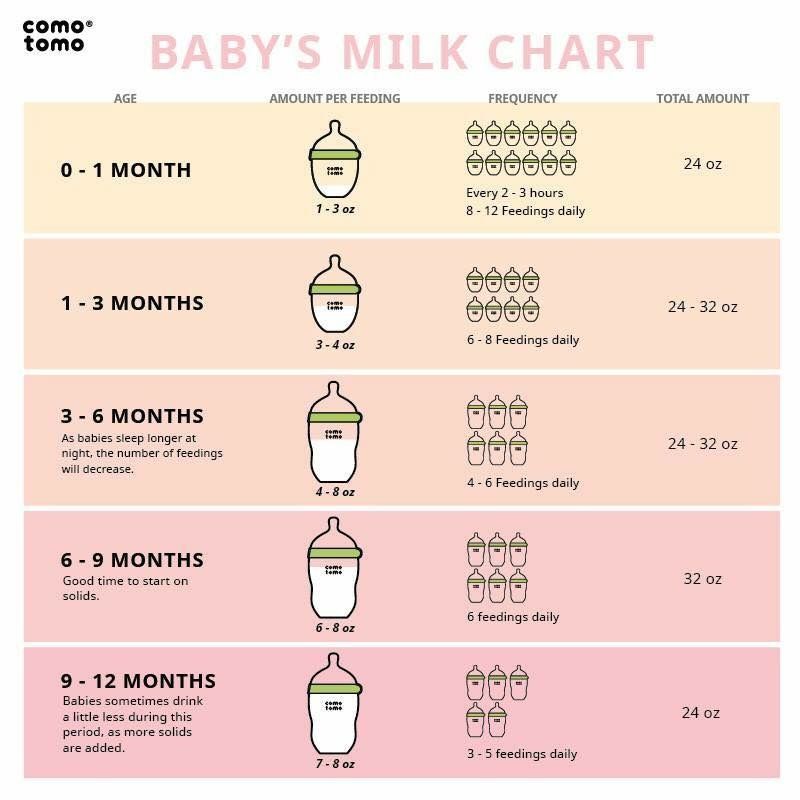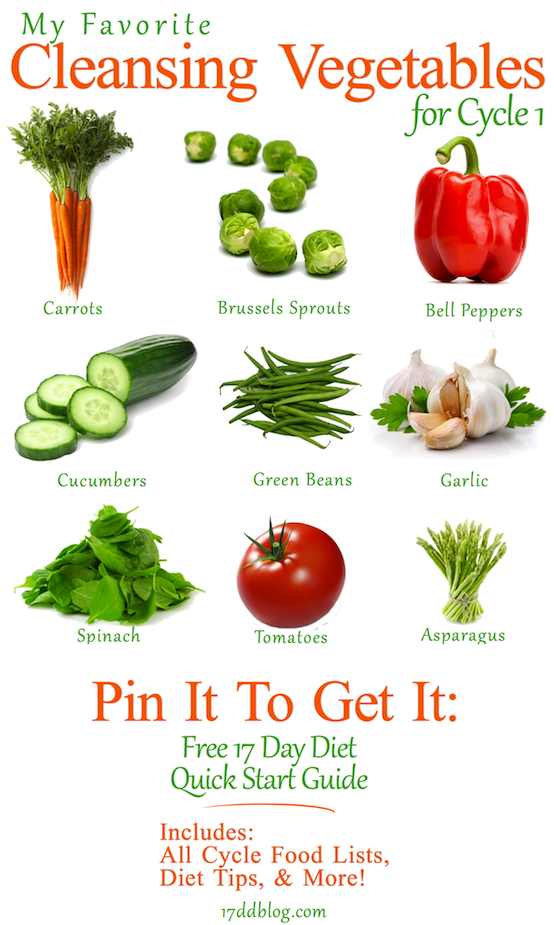Adding olive oil to baby food for weight gain
The Benefits of Olive Oil for Babies
Thanks to its high levels of antioxidants and beneficial fatty acids, consuming extra virgin olive oil has been associated with loads of health benefits—from boosting heart health to curbing risk of cancer and neurodegenerative diseases like Alzheimer’s.
But if you’re a new parent or parent-to-be, you might find yourself wondering: Do the benefits of olive oil extend to babies? Turns out, that answer is a little complicated.
While the internet is full of olive oil home remedies for little ones, many of these articles are full of outdated information that could put your child at risk. Spoiler: straight, undiluted olive oil is not ideal for regular use on a baby's skin.
Here, we set the record straight on when it’s safe to add olive oil to your baby’s diet, and whether it’s an effective way to treat common ailments such as eczema, ear aches, and more.
First off, is it safe for babies to eat olive oil?
Just like it's great for adults, extra virgin olive oil (or any type of olive oil) can be a safe and healthy component of your baby’s diet—that is, after they turn 6 months old. While it's unlikely to cause major health problems prior to that, the 6-month mark is generally when pediatricians recommend adding in foods beyond just breast milk and formula.
So, why should you consider adding olive oil to your baby’s diet in the first place?
- Olive oil is loaded with monounsaturated fatty acids (some of which are also found naturally in breast milk, including oleic acid and linoleic acid ). It’s widely regarded as safe for babies when drizzled onto food, pureed with veggies and fruits to make homemade baby food, or used to cook meats, fish, and eggs.
- Extra virgin olive oil, specifically, is packed with polyphenol antioxidant compounds that promote overall health, reduce inflammation, and combat oxidative stress—all things that affect little ones, too, not just adults. Certain highly processed vegetable oils, on the other hand, may actually promote inflammation.
- Healthy fats are an essential fuel for babies’ growing brains, as it helps form the protective myelin coating that surrounds neurons (brain cells), and promotes the absorption of other essential vitamins and minerals found in food.

- Some pediatricians have even recommended adding a little olive oil to babies’ diets as a way to promote weight gain if they’re going through a period of picky eating. Of course, you should always check with your pediatrician on the recommended quantity first, since excessive amounts of olive oil (or any oil) can cause diarrhea and GI discomfort.
Of course, you still need to be mindful of potential allergic reactions with olive oil, or any food. So start slow and monitor for side effects.
Can olive oil help with baby colic and digestion?
Olive oil is often touted as a home remedy for baby constipation and colic. Colic is a common condition among infants characterized by frequent, prolonged and intense crying or fussiness that’s often thought to be caused by constipation, gas, or other digestive issues.
However, most colic episodes peak around 6 weeks and decline significantly at 3 to 4 months. In these cases, olive oil would not be a suitable remedy, since babies shouldn’t consume olive oil until they’re around 6 months old, per American Academy of Pediatrics.
As for constipation? While no research has been done on olive oil’s effectiveness for treating constipation in babies or children, recent research on adults suggests it has a subtle laxative effect and boosts the frequency of bowel movements. However—and we can’t stress this enough—it’s so important to check with your baby’s pediatrician before self-treating at home.
Can olive oil help with baby dandruff or cradle cap?
Cradle cap is a patchy, scaly, yellowish rash that begins on newborns’ scalps around 2 to 6 weeks. It’s similar to dandruff and thought to be caused by hormones from the mother that cross the placenta before birth.
Massaging olive oil through your baby's hair with your fingers or a washcloth is a common internet remedy for cradle cap, but it’s not a good one. According to the American Academy of Pediatrics, olive oil may actually promote the growth of yeast on the scalp and make cradle cap, or any form of dandruff, worse. However, gently massaging your baby’s scalp with your fingers or a soft brush while their hair is lathered with baby shampoo is a-okay.
Is an olive oil massage safe for babies?
A baby massage can be a great bonding activity for parent and child. But while you may be tempted use extra virgin olive oil as a massage oil—since it contains both nourishing vitamin E and antioxidants)—it's actually not the best choice for anyone's skincare routine.
While applying olive oil to the skin every now and then probably won’t cause big problems, one study found that massaging newborn babies’ skin with a few drops of undiluted olive oil or sunflower oil twice daily for 4 weeks caused a delay in the development of the protective lipid skin barrier that normally helps prevent water loss and protect against infections and allergies.
This goes for adults, too. An earlier study found that adults who used olive oil as a moisturizer for 4 weeks experienced mild skin redness, possibly due to the damaging or thinning of the skin barrier. The culprit? Olive oil’s high content of oleic acid—a fatty acid that does wonders for your health when you eat it, but that's known to make skin redness and irritation worse.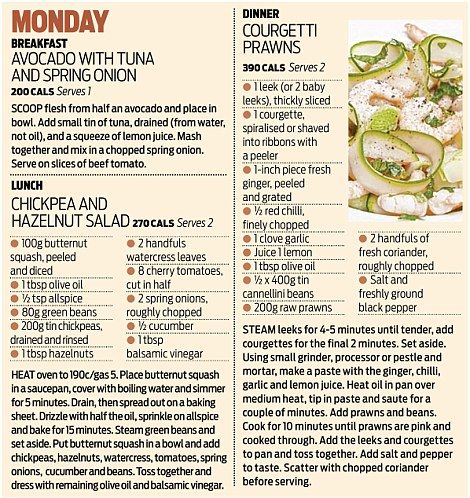
Because of this, using olive oil on your baby’s skin, especially if they already have dry skin, may aggravate conditions like eczema.
Natural oils that seem to be safer for direct use on a baby's skin and for baby massages include virgin coconut oil and jojoba oil.
Can olive oil help with diaper rash?
Several online sources recommend creating an emulsion with 2 parts olive oil to 1 part water as a natural remedy for diaper rash. But this level of dilution probably isn't enough to protect a baby's delicate skin from the irritating effects of oleic acid over time.
Plus, an olive oil and water emulsion isn't thick enough to make an effective diaper rash remedy—ideally, you want something that can form a protective barrier against the irritating moisture that causes diaper rash.
That said, there are plenty of home remedies for diaper rash that include olive oil as just one of several ingredients, and these are probably much more effective. This DIY diaper rash salve created by Cate Sibley, PharmD, contains olive oil, coconut oil, beeswax, and essential oils. Not only is this combination of ingredients soothing, but the beeswax helps create a barrier against moisture that allows your baby's skin to heal and shields it from further irritation.
Not only is this combination of ingredients soothing, but the beeswax helps create a barrier against moisture that allows your baby's skin to heal and shields it from further irritation.
It’s not clear, however, if this would be any more beneficial than standard diaper rash creams.
Can olive oil help with a baby’s cough?
Consuming olive oil won’t do much for a cough, but some people swear by DIY vapor rubs that combine an oil (often olive oil, coconut oil, or almond oil) with beeswax and therapeutic essential oils like eucalyptus. In this case, the olive oil isn’t really imparting much of a benefit of its own, it’s just helping dilute the essential oils and make them “spreadable.”
These can potentially be beneficial, but you have to be very careful: Essential oils are potent, and many homemade vapor rub recipes online are too strong for babies and could actually interfere with breathing. Some essential oils such as clove and rosemary should never be used on babies.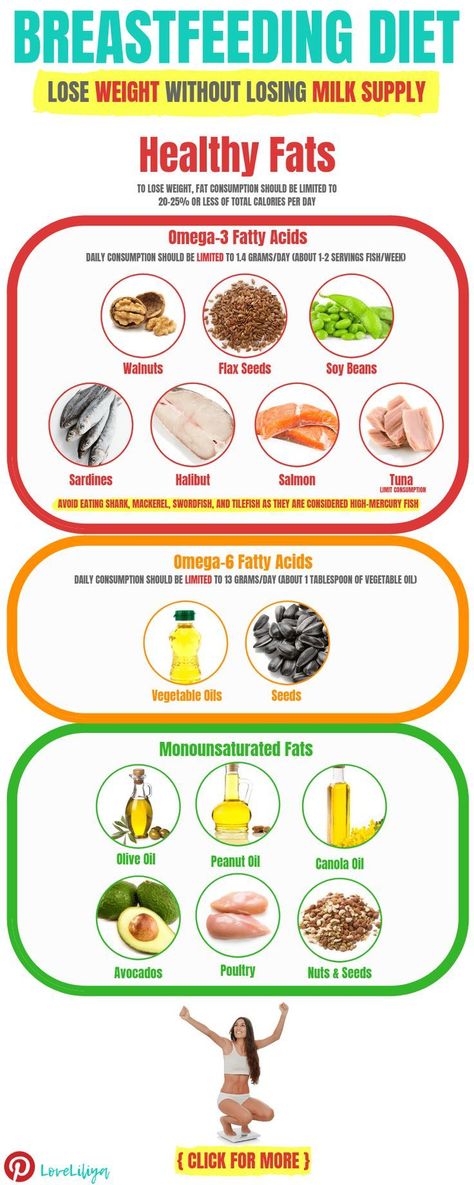 Always look for a recipe that has instructions on how to adapt it for babies and that’s ideally been medically reviewed (like this one). If you have any doubts, ask your pediatrician.
Always look for a recipe that has instructions on how to adapt it for babies and that’s ideally been medically reviewed (like this one). If you have any doubts, ask your pediatrician.
Can olive oil treat baby ear infections?
If your baby is tugging at their ears and crying more than usual, they could potentially have a very painful ear infection—and yes, olive oil may actually help.
While it probably won’t cure the infection, well-known pediatricians like Dr. Bill Sears, MD, along with the American Academy of Pediatrics, say that olive oil may help alleviate the pain that accompanies ear infections. Simply use a dropper to put a few drops of warm (not hot!) olive oil in your baby’s affected ear.
Just be sure to inspect your baby’s ears first. If there’s any fluid draining from the ear, that could indicate a ruptured eardrum, in which case you do not want to use olive oil. Always consult a doctor if there’s any discharge, if your baby has a fever, or if symptoms persist for several days.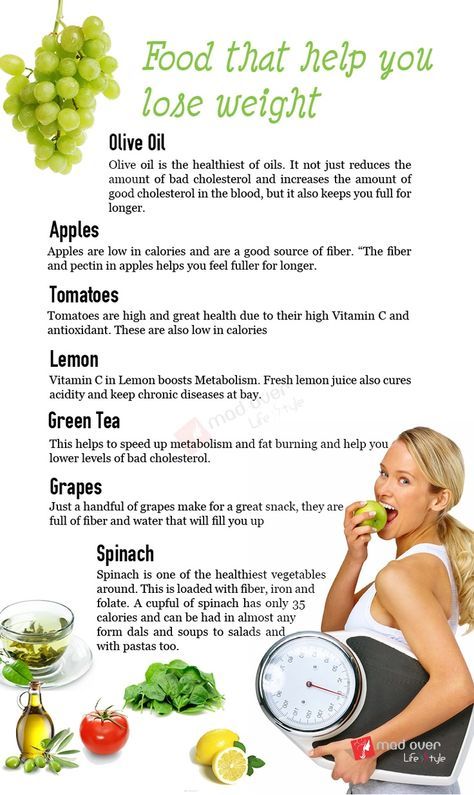
Olive oil can definitely be part of your baby's overall wellness routine, or used as an ingredient in extra nutritious baby food—but it’s certainly not a miracle cure for every baby ailment.
While it may be somewhat beneficial for ear infections, constipation/ colic, or blending with other ingredients to make a vapor rub or diaper rash cream, undiluted olive oil should not be used as a topical skin treatment on a regular basis, especially not on dry skin or eczema.
As always, if you have a specific question or concern about using olive oil with your baby, check with your pediatrician.
10 Best Ways to Use Olive Oil for Your Baby
When it comes to our little munchkins, we want nothing but the best for them. We take extra care in providing for every need and making life easy and happy for our babies. One of the ways parents ensures this is by using quality products for their nutrition, hygiene and overall well-being. This is why a lot of parents opt to cook food in olive oil when cooking for their children.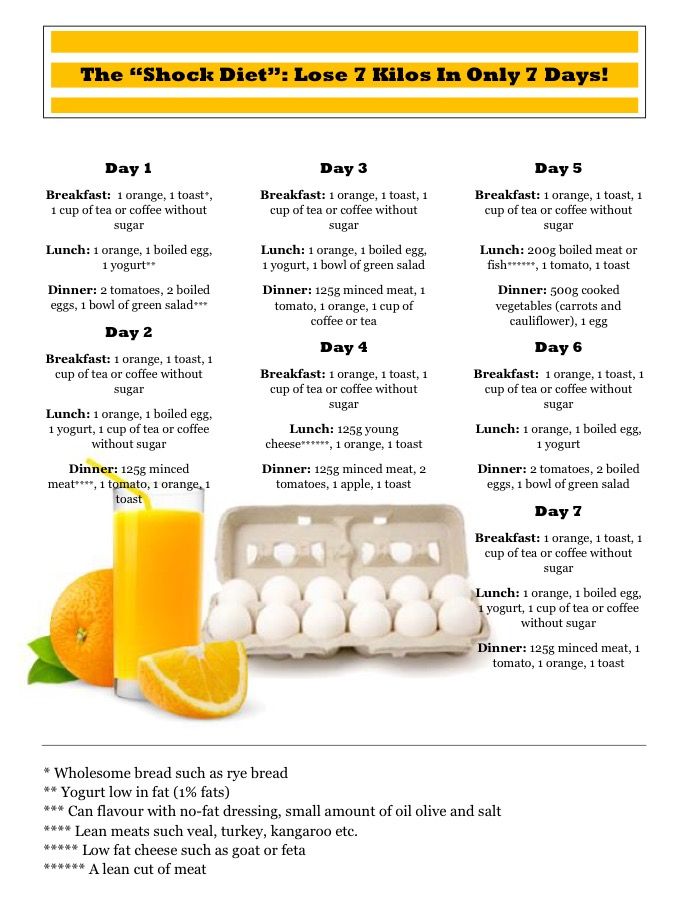 Olive oil is more healthy and easier to digest as compared to other common oils used in Indian kitchens.
Olive oil is more healthy and easier to digest as compared to other common oils used in Indian kitchens.
However, off-late, olive oil has also found applications in skin-care, especially baby care. These benefits of olive oil are primarily a result of the high vitamin E and K content of the oil. Olive oil also has a higher percentage of unsaturated fats (the good fats) as compared to saturated fats (the bad fats). These unsaturated ‘good’ fats have a lot of benefits for the human body, and more so for the brain development of babies!
Due to its unique composition, olive oil has several applications apart from culinary ones, especially if you plan to use it for your baby. Let’s find out what these applications are.
While the applications given below are safe, it is recommended that you consult your child’s paediatrician before trying any of them on your baby, as it may not suit all babies and may cause a rash. Every baby is different and may react differently to the use of olive oil. Once your paediatrician gives a green signal, you can go ahead and let your baby soak in the benefits of this wondrous oil!
Once your paediatrician gives a green signal, you can go ahead and let your baby soak in the benefits of this wondrous oil!
1. For Cradle Cap
Most babies suffer from cradle cap before they become toddlers. It is a fairly common occurrence, with an easy solution – massage with olive oil! Olive oil helps in lubricating the scalp. Mix olive oil with equal parts water, and gently massage on the crusty bits on your baby’s scalp. If the crust is thick, use more olive oil than water. Leave it for a minimum of 30 minutes, and rinse with lukewarm water. Do not rub at it, simply let the oil do its job of loosening the crusty portions. Choosing a trusted brand of olive oil is of priority when you are using it on your baby. Consider Figaro, if you are unsure of which one to go for and you will not be disappointed.
2. For Improved Hair Growth
While some babies may be born with a head full of hair, others may show no signs even after a few months! This can be especially concerning for parents of baby-girls.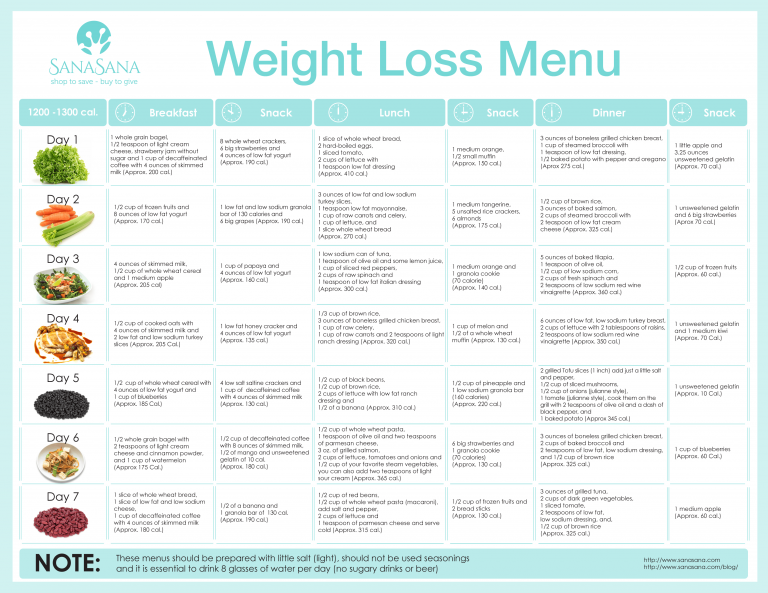 Not only is olive oil good for cradle cap, but it is also shown to accelerate hair growth.
Not only is olive oil good for cradle cap, but it is also shown to accelerate hair growth.
3. For Diaper Rash
This is another common ailment most babies are struck by. While diaper rash creams are effective, olive oil makes for a more natural and organic remedy for this baby problem. Not only that, the moisturising property of olive oil prevents the problem from recurring. Mix 2 parts olive oil with 1 part water, beat this mixture thoroughly to prepare an emulsion, and apply it to your baby’s diaper area.
4. For a Cough
This is one application of olive oil that not many parents know about. Olive oil, mixed with a couple of drops each of rosemary oil, eucalyptus oil and peppermint oil make for a potent potion to rub on your baby’s chest. The oleic acid in the olive oil increases the absorption capacity of the skin, allowing the essential oils to make their way to your baby’s body more easily. The best time to apply this mixture is before your baby goes to sleep.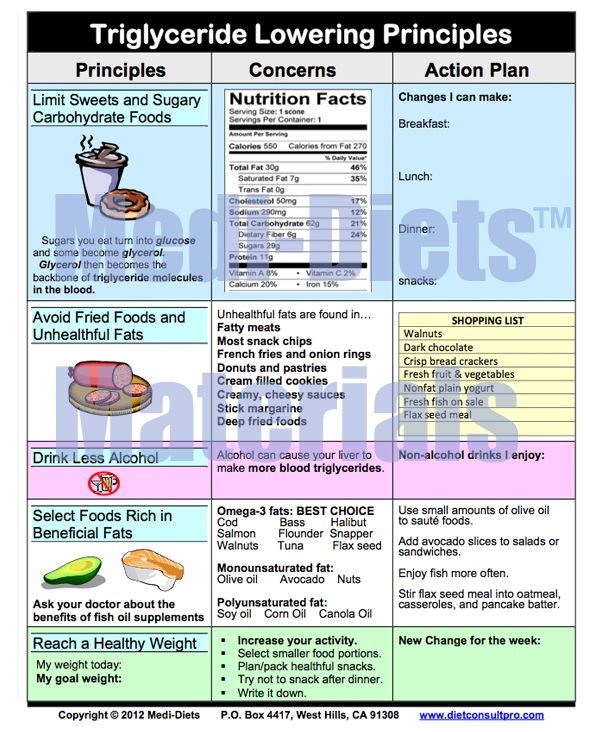
5. To Clean Your Baby
For their tiny sizes, babies can get pretty dirty! This is especially true of crawling babies. Olive oil helps remove dirt and grime from the body – especially from the folds and creases of the belly button, ears, and nose. Dip a long-stem cotton bud in olive oil and use it to soften and remove dirt stuck in these parts.
6. For Baby Massage
Olive oil makes for one of the most effective massage oils because it is easily absorbed through the skin. It, hence, deeply and thoroughly nourishes and moisturises your baby’s skin.
7. As a Moisturiser
The most important quality in a moisturiser for babies is how easily it gets absorbed into the skin. Olive oil hence makes a great moisturiser, because you don’t need to rub it in hard for it to get absorbed by your baby’s skin. Depending on which part of the world you are in, and how the climate is over there, you may have to apply it more than a couple of times a day.
8.
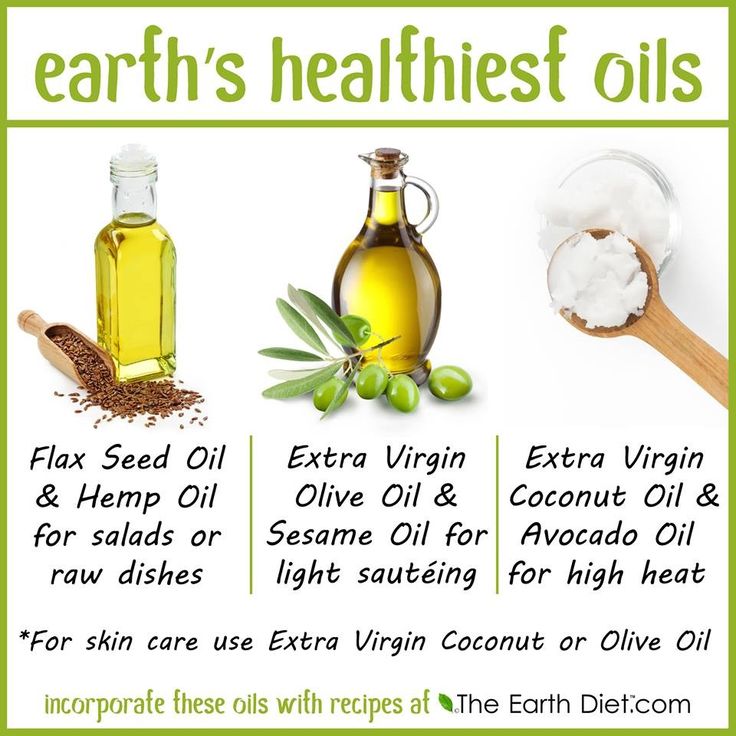 For Constipation
For ConstipationConstipation is fairly uncommon in babies, especially those who are exclusively breastfed. However, it is not unheard of. It is a very painful condition for your baby to be in, so if you are looking for simple home remedies for constipation, consider using olive oil. Heat up some olive oil till it’s warm, and rub it in a clockwise motion on your baby’s tummy. You can also use it in your baby’s diet if he is a little over 6-8 months.
9. For Healthy Weight-Gain
If you are concerned about your baby not gaining enough weight, you can make the scales tip in your favour by including olive oil in your baby’s diet. The monounsaturated fats in olive oil lead to healthy weight gain in babies.
10. For Brain Development
Did you know that unsaturated fats are essential for brain development? In fact, it has been found that a diet high in monounsaturated fats favourably affects learning ability, memory, and overall health of the brain. Seeding your child’s diet with olive oil from an early age can hence ensure that his cognitive development stays on track.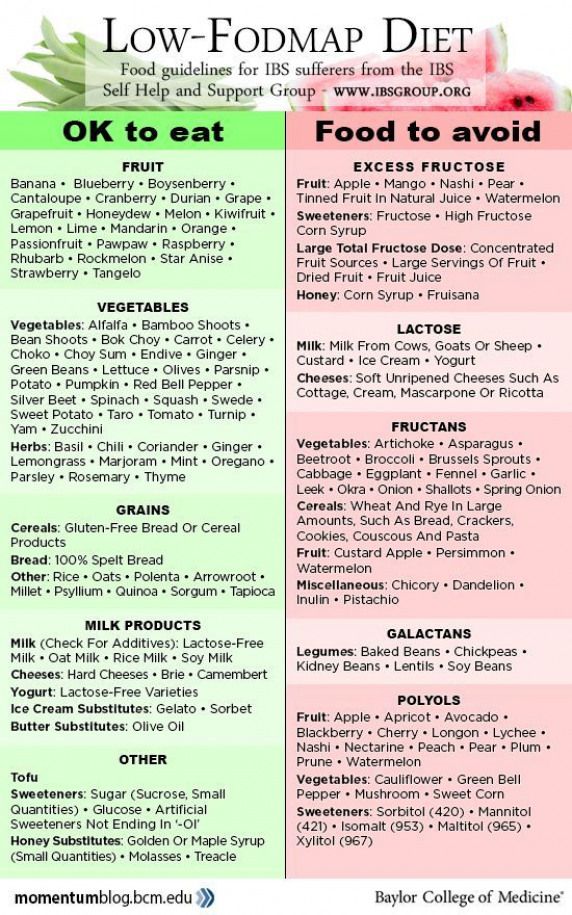 It will also prevent your child from getting neuro-degenerative disorders like Alzheimer’s disease during old-age.
It will also prevent your child from getting neuro-degenerative disorders like Alzheimer’s disease during old-age.
As a parting note, it would be interesting for you to know that olive oil has a lot of applications for adults too – from removing make-up in a jiffy, keeping lips baby soft, and promoting strong nail-growth, olive oil can also be used as an exfoliator (when mixed with salt scrub), as a face mask, and even to lighten scars. Indeed a multi-purpose oil for the entire family! Always choose a trusted Olive oil brand like Figaro to ensure that you are using and consuming only the purest form of olive oil!
Oil in baby food
Feature: can be introduced into the diet of a child from 8 months.
Butter is the main product obtained from cow's milk. It is a concentrate of milk fat (78-82.5%, in ghee - about 99%). By taste, aroma, nutritional value, butter belongs to the best and most valuable edible fat.
In 100 g of oil - 661 kcal.
| Vitamins | Macronutrients | Microelements |
| A (retinol) - 0.4 mg Beta-carotene - 0.3 mg B1 (thiamine) - 0.04 mg B2 (riboflavin) - 0.12 mg B5 - 0.05 mg D - 0.2 mcg E - 1 mg PP (niacin) - 0.2 mg | Calcium - 24 mg Magnesium - 0.4 mg Sodium - 15 mg Potassium - 30 mg Phosphorus - 30 mg | Iron - 0.2 mg Zinc - 0.1 mg Copper - 2.5 mcg Manganese - 0.002 mg |
Butter is commercially available salted and unsalted. By adding salt, an increase in the stability of the oil during storage is achieved.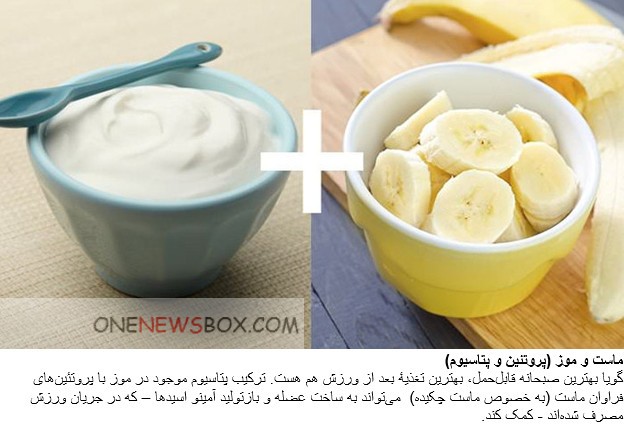
According to the requirements of the standard, butter must have the following indicators of good quality: purity of taste and smell, absence of foreign tastes and foreign odors, consistency density (small water droplets are allowed on the cut of the butter), color uniformity, white or cream color. Salted butter also requires uniform salting and a salt content not exceeding 2%.
Read also: Healthy eating: how to choose olive oil
100 g of oil contains:
- Proteins - 0.8 g
- Fats - 72.5 g
- Carbohydrates - 1.3 g
- Water - 25 g
- Cholesterol - 170 mg
- Ash - 0.4 g
Useful properties of oil
Butter is very useful for diseases of the gastrointestinal tract. Vitamin A accelerates the healing of ulcers, and the "oiled" sick stomach recovers faster.
The recommended dose is no more than 15 g per day. The oleic acid contained in the oil helps reduce the risk of cancer.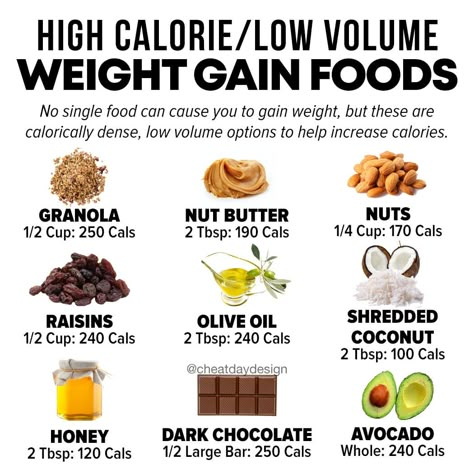
Butter should be included in the diet of children as early as possible, since its lack in food leads to a decrease in mental activity and school performance.
Due to its high nutritional value and the ability to be well absorbed by the body, oil is an indispensable product in the diet of people weakened by the disease, pregnant and lactating women and children. For children, the oil helps prevent the development of respiratory allergies and asthma.
It is important to remember that only natural butter is useful, and this product should be consumed in moderation.
Contraindications for use
Butter contains a large amount of cholesterol, and excessive consumption of the product can cause atherosclerosis.
As part of natural oil should not be anything artificial, restored. The fat content of classic butter is at least 80-85%, a lower fat content indicates that the product is only partly natural.
Baby oil
Butter is introduced into the child's diet after the introduction of vegetable puree or cereals.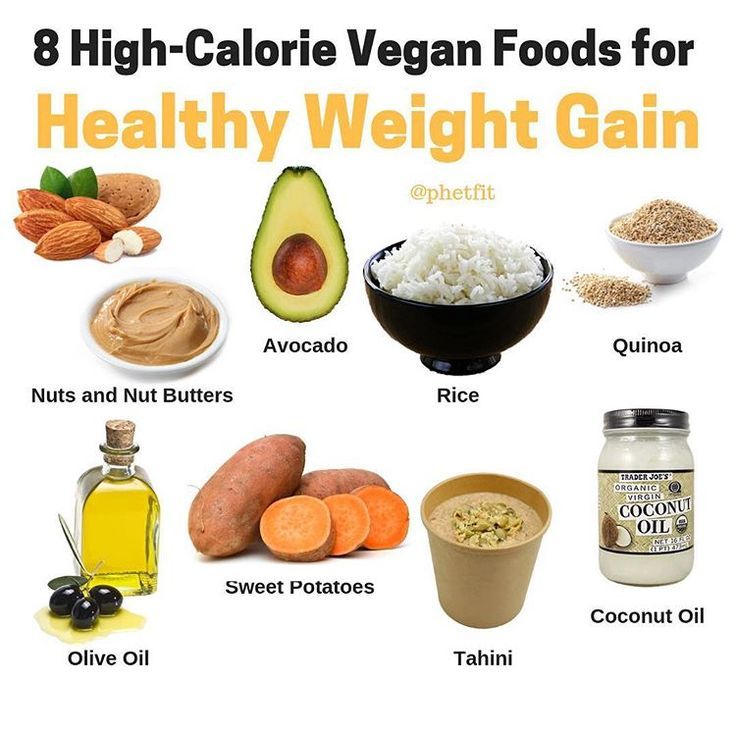 From 8 months they add a little oil. The need to introduce oil with the first complementary foods is individual. So, if the baby is gaining weight poorly, then the oil is administered earlier, but if the child is gaining well or excessively, then it is better to introduce this product later. The beginning of the introduction - from 1 g / day (at the tip of a teaspoon), gradually bringing the consumption rate to 4-6 g per year. By the age of 3, it is 10-15 g / day.
From 8 months they add a little oil. The need to introduce oil with the first complementary foods is individual. So, if the baby is gaining weight poorly, then the oil is administered earlier, but if the child is gaining well or excessively, then it is better to introduce this product later. The beginning of the introduction - from 1 g / day (at the tip of a teaspoon), gradually bringing the consumption rate to 4-6 g per year. By the age of 3, it is 10-15 g / day.
If you use purchased canned children to feed your child, you do not need to add oil to them.
Preparation and consistency
To get the most benefit from butter, do not heat it too much. Add oil to your plate just before eating - this will preserve all the vitamins and minerals.
Butter recipes for children
Pureed buckwheat porridge (from 8 months old)
Ingredients:
- Buckwheat - 2 tablespoons
- Water - 1 tbsp.
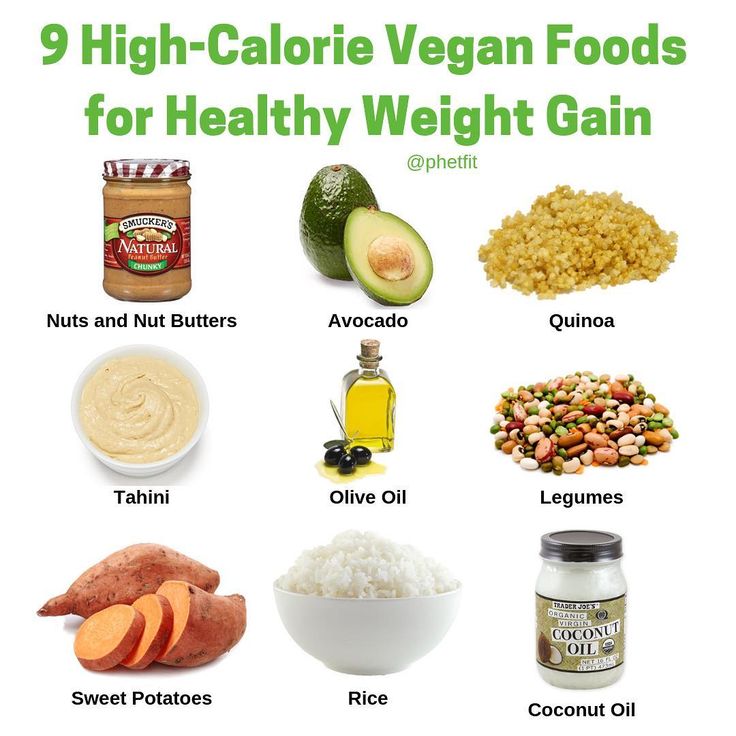
- Milk (breast, goat) - 2/3 tbsp.
- Butter - 0.5 tsp
Cooking:
- Rinse buckwheat and dry in the oven until light brown.
- Boil water and add buckwheat to it.
- Cook over low heat for 40-50 minutes, stirring constantly.
- Then remove the buckwheat from the heat and grind with a blender until a homogeneous mass.
- Pour boiled milk into buckwheat and cook over low heat for 5 minutes, stirring constantly.
- Before serving, put butter in a slightly cooled porridge.
Curd souffle - from 2 years old
Ingredients:
- Fat-free cottage cheese - 250 g
- Butter - 50 g
- Sugar - 50 g
- Egg - 3 pcs.
- Vanilla sugar - 1 pack.
- Vegetable oil - 2 tsp
- Powdered sugar - 1 tsp
Cooking:
- Grease molds with vegetable oil, sprinkle with sugar.
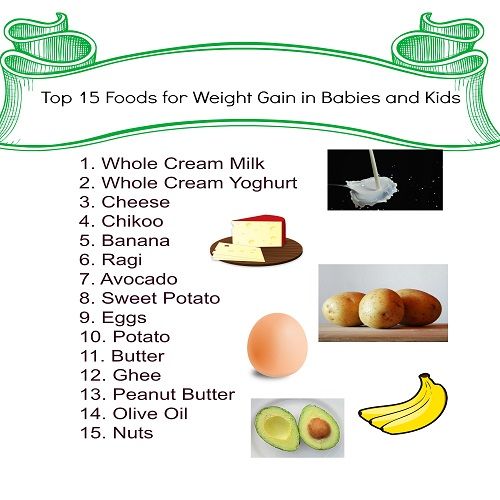
- Preheat the oven to 200 degrees.
- Cream butter with sugar.
- Separate the egg whites from the yolks, add the yolks to the butter mixture, mix, then add the cottage cheese and mix again.
- Beat egg whites well until foamy and add vanilla sugar to them.
- Carefully mix the proteins to the curd mass, put the curd dough into molds, retreating from the edge of 1 cm and place in a saucepan or baking sheet, where you need to pour water to the level of the middle of the molds.
- Bake the cottage cheese soufflé for 20-25 minutes, sprinkle with powdered sugar before serving.
Children's confectionery sausage - from 3 years
Ingredients:
- Milk - 400 ml.
- Butter - 25 g
- Sugar cookies - 2 pack.
- Sugar - 6 tablespoons
- Cocoa - 3 tablespoons
Cooking:
- Pour milk into a large saucepan, add butter, sugar and cocoa, bring to a boil and cool slightly.
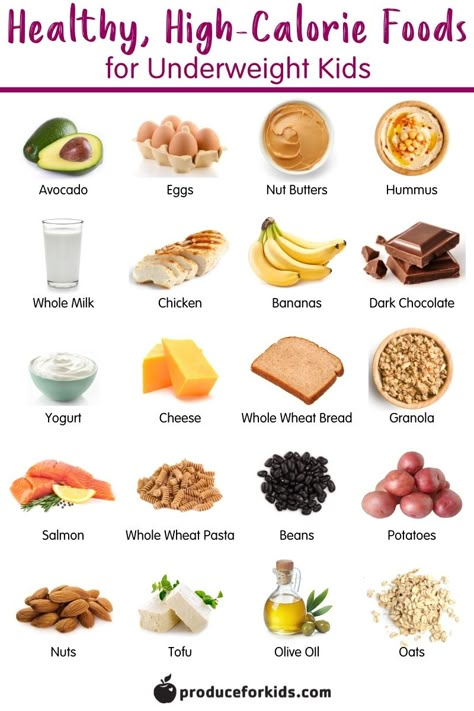
- Break the cookies into different pieces, pour over the warm milk-chocolate mass and mix thoroughly.
- Put the prepared mass on cling film and form a sausage, put it in the cold for 3 hours.
- Before serving, the children's confectionery sausage is cut into portioned pieces.
Bon appetit!
Read more recipes in the Baby food section
About when to introduce new foods into the baby's diet, about the beneficial properties of these products and how to diversify the crumbs menu with new dishes, read in Encyclopedia of Baby Food
Sports nutrition olive oil
Our news
-
03/11/2022
ATTENTION - PRICE INFORMATION -
05/30/2021
Which olives are better - Live Food (NTV) and Oliva.SU -
06/13/2020
Olive Oil Secrets -
05/24/2019
Green olives with pit -
05/24/2019
giant olives -
05/22/2019
Olives for men -
05/21/2019
Cosmetics with olives -
05/20/2019
Conspiracy Theory - Olive Oil -
05/19/2019
Olives with almonds -
05/17/2019
Olives without brine show all
Popular discount
1 l.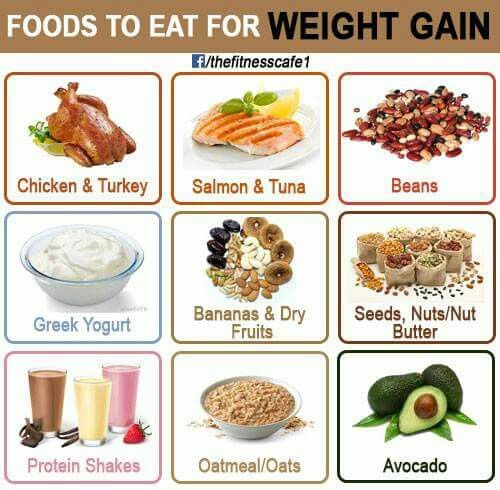 Olive oil Creta ELMAR "KOKO"...
Olive oil Creta ELMAR "KOKO"...
990
Speaking of sports nutrition, it is worth clarifying some points right away. The range of sports nutrition is quite wide. Some types of diets are used to gain weight, others to lose it. Let's take a look at the two main types
Sports nutrition for weight gain with olive oil
This diet is high in protein (usually based on whey), carbohydrates and amino acids. As you can see, there are no fats here. Now let's remember what any tissue of the body consists of. It is made up of cells. Cell walls are made up of fat. And the quality of this fat depends on the quality of muscle mass. And as we have already written more than once, the highest quality products for building cell walls are the fats contained in olive oil and fish. Moreover, the fish must be marine and preferably caught in the northern seas. But what we buy in stores is grown either in Turkey or in China or in Russia at fish factories. Such fish move little and eat far from the best way. Namely, soy-based feed, etc. Accordingly, fish oil is also not of the best quality. And accordingly, the walls of muscle cells are also not so hot.
Namely, soy-based feed, etc. Accordingly, fish oil is also not of the best quality. And accordingly, the walls of muscle cells are also not so hot.
We conclude: from the fact that we can buy inexpensively and only olive oil remains in the nearest access.
Of course, its quality must be at least Extra Virgin, i.e. it must be first cold pressed. Thus, by building muscle mass with the help of sports nutrition and adding olive oil to the diet, we get the most elastic shell of all body tissues. And the more elastic and flexible the cells, the less likely they are to micro-rupture under load and the less likely it is to receive such injuries as sprains and tissue tears. By the way, many athletes, being carried away by building muscle mass, forget that the meat rests on the bones and joints. Joints are another matter altogether. A joint injury will take the athlete out of the usual training regimen for a long time.
Sports nutrition for weight loss with olive oil
Let's consider another case. Sports nutrition for weight loss contains a slightly different composition. As a rule, these are the same whey-based proteins, a slightly different set of amino acids and special fat burners. It would seem that in this case, the fats contained in olive oil are not needed, because fat must be burned, but not everything is so simple. Firstly, it is not necessary to burn all, but from fat depots: thighs, stomach, etc. And secondly, fat going to the cell walls and connective tissues is still needed. And olive oil is the best help here. And then, it is worth noting that olive oil contains not only fats. There are just not so many of them. There is a whole range of polyunsaturated fats, amino acids in the oil, which contribute to the correct digestion algorithm and the flow of energy and the formation of an elastic new tissue. Actually, in some cases, if the metabolism processes the components of sports nutrition that are responsible for burning fat well, then side effects may also occur. For example, dry skin.
Sports nutrition for weight loss contains a slightly different composition. As a rule, these are the same whey-based proteins, a slightly different set of amino acids and special fat burners. It would seem that in this case, the fats contained in olive oil are not needed, because fat must be burned, but not everything is so simple. Firstly, it is not necessary to burn all, but from fat depots: thighs, stomach, etc. And secondly, fat going to the cell walls and connective tissues is still needed. And olive oil is the best help here. And then, it is worth noting that olive oil contains not only fats. There are just not so many of them. There is a whole range of polyunsaturated fats, amino acids in the oil, which contribute to the correct digestion algorithm and the flow of energy and the formation of an elastic new tissue. Actually, in some cases, if the metabolism processes the components of sports nutrition that are responsible for burning fat well, then side effects may also occur. For example, dry skin.